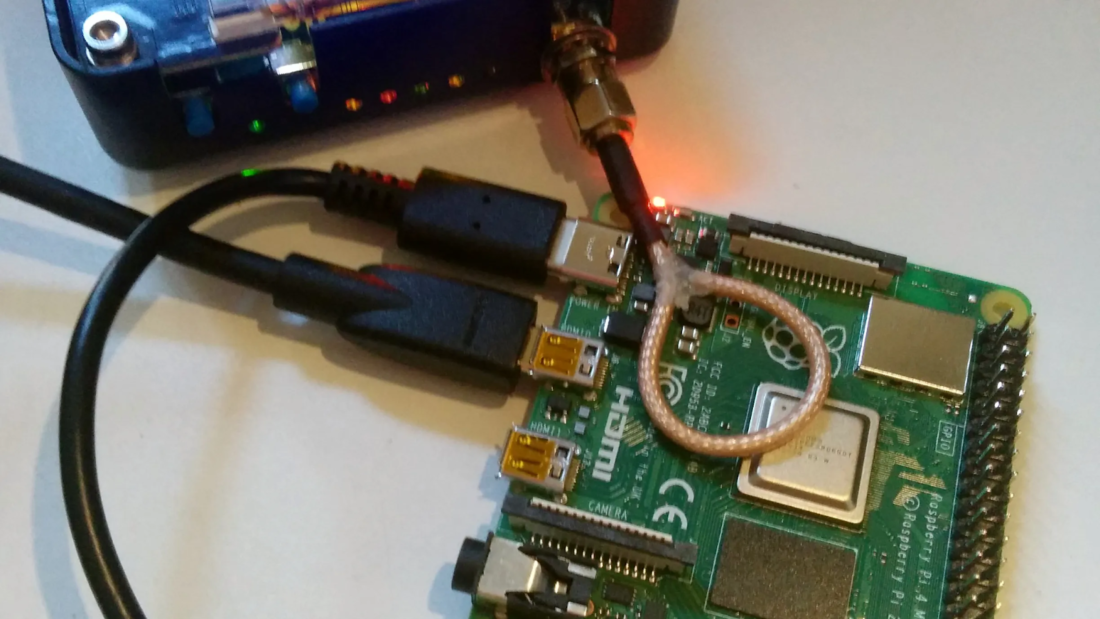WiFi has become essential to modern life in an increasingly interconnected world, providing convenient and seamless internet access in various public spaces. However, this ubiquitous wireless technology has also attracted the attention of malicious actors seeking to disrupt or manipulate communications for multiple reasons. Using a wifi jammer has emerged as a concerning issue in public spaces, posing significant challenges to users and businesses that rely on these networks.
This article delves into the complex and multifaceted topic of WiFi jamming in public spaces, focusing on the legalities and regulatory challenges surrounding this disruptive practice. We will explore the technical aspects of WiFi jamming, its impact on networks and devices, and the vulnerability of different public spaces to such incidents. Moreover, we will examine the existing national and international regulations that govern WiFi
Understanding WiFi Jamming
WiFi jamming is a deliberate and malicious act to disrupt or interfere with wireless communication signals in a specific area. The term “jamming” originates from creating interference on radio frequencies, causing communication disruption. In WiFi, jamming involves blocking or overpowering the radio signals that transmit data between devices and access points, rendering the WiFi network unusable within the jammed area.
WiFi jamming can have various adverse effects, including:
- Disruptions to Internet access for users within the jammed area.
- Reduced productivity and communication capabilities in affected public spaces like airports, coffee shops, and educational institutions.
- Economic losses for businesses that rely on WiFi connectivity to provide customer services.
- Compromised security and privacy, as jamming incidents may be used to facilitate other malicious activities or gain unauthorized access to private networks.
Understanding WiFi jamming is essential in developing effective countermeasures and regulatory frameworks to protect against such malicious acts. Addressing WiFi jamming challenges becomes paramount in maintaining a connected and secure society.
Identifying the Perpetrators of WiFi Jamming
WiFi jammers can operate covertly and remotely, making it difficult to trace their exact location. However, several methods and technologies can be employed to improve the chances of identifying those responsible for WiFi jamming incidents:
- WiFi Monitoring and Analysis: Network administrators can use WiFi monitoring tools to detect unusual patterns or unauthorized devices attempting to disrupt the network.
- Signal Strength Analysis: By analyzing the strength and characteristics of the jamming signals, experts can estimate the distance between the jammer and the affected area.
- Physical Inspection: In cases where jamming incidents occur in a confined public space, such as a coffee shop or a library, a physical inspection of the area may help identify suspicious devices or individuals behaving suspiciously.
- CCTV Surveillance: Security cameras installed in public spaces can capture footage of the jamming incident or the person responsible for the act.
- Collaboration with Law Enforcement: When faced with severe and persistent WiFi jamming incidents involving law enforcement agencies can help conduct a thorough investigation.
- Cooperation with Internet Service Providers (ISPs): ISPs can play a crucial role in identifying WiFi jammers. They may monitor network traffic and share information about suspicious activities that could lead to discovering the jamming source.
- Geo-Location Techniques: Advanced geo-location technologies can triangulate the source of radio signals to determine the general area from which the jamming signals originate.
- Collaboration among Affected Parties: Businesses, educational institutions, or public spaces experiencing WiFi jamming may collaborate and share information to identify common patterns and gain a broader understanding of the problem.
- Sting Operations: Law enforcement agencies may conduct sting operations, setting up decoy WiFi networks to lure jammers into revealing themselves.
It is essential to remember that identifying and apprehending WiFi jammers requires a coordinated effort between network administrators, businesses, regulatory authorities, and law enforcement agencies. Additionally, implementing preventive measures, such as using jamming-resistant WiFi equipment and raising awareness about the legal consequences of jamming, can act as deterrents and help mitigate the frequency of such incidents. Combining WiFi jamming effectively demands technical expertise, cooperation, and the implementation of robust regulatory frameworks to protect wireless communication infrastructure and the users who rely on it.
Technological Advancements and Future Outlook

The battle between WiFi jammers and countermeasures will likely continue as technology evolves. As jammers become more sophisticated, researchers, industry experts, and governments must remain vigilant in developing innovative ways to detect and counter WiFi jamming attacks.
Collaboration between technology developers, network administrators, and law enforcement will be crucial to stay one step ahead of potential threats. Additionally, international cooperation and information sharing will be essential to address cross-border jamming incidents effectively.
Ultimately, the future outlook for WiFi jamming hinges on striking a balance between technological advancements, protective measures, and legal frameworks to safeguard the integrity and security of wireless communication systems in public spaces and beyond.
